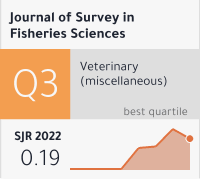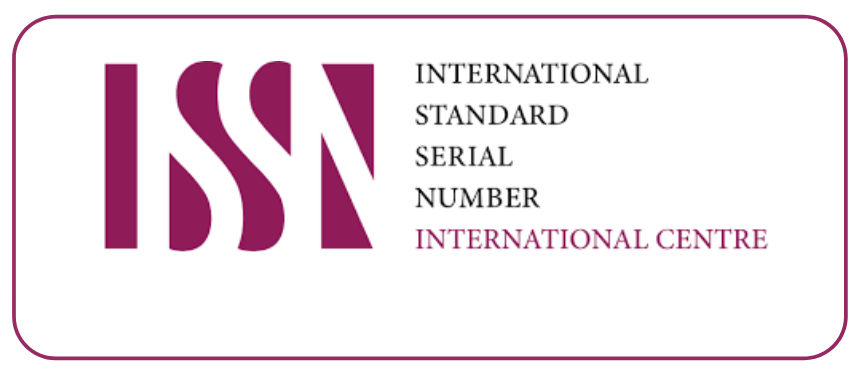The influence of environmental parameters on fish larval distribution and abundance in the mangrove estuarine area of Marudu bay, Sabah, Malaysia
DOI:
https://doi.org/10.17762/sfs.v2i2.83Keywords:
Fish larval, Environmental parameters, Mangrove estuarine, Marudu Bay, MalaysiaAbstract
The aim of this study was to estimate the influence of selected environmental parameters on the fish larval distribution and abundance between October 2012 and September 2013 in the Mangrove estuarine area of Marudu bay, Sabah, Malaysia. Fish larvae samples were collected monthly using plankton net of 350 mm of mesh size with a mouth opening of 40.5 cm in diameter through 20 min surface tows. Five different stations were chosen in this study. In total 3,879 larvae, belonging to 20 families were recorded, with a mean abundance of 118 larvae per 100 m3. Among 20 families, top four families such as Sillaginidae (44%), Engraulidae (14%), Mugilidae (12%) and Sparidae (10%) occurred consistently around the year in the study areas. Sillaginidae was the most abundant larval fish families. In situ environmental parameters such as water temperature, dissolved oxygen (DO), salinity, pH and conductivity were recorded during the sampling times. Significant variations were found in the environmental parameters among the five stations except DO and pH (p < 0.05). It is revealed that mainly four families (centriscidae, Engraulidae, Mugilidae, and Sillaginidae) were significantly influenced by the abiotic factors. Of the environmental parameters recorded, salinity appeared to be the main factor affecting the distribution and abundance of Mugilidae families. Overall, regression analysis test indicated a weak overall correlation between larval assemblage and environmental parameters in the estuary of Marudu Bay.









